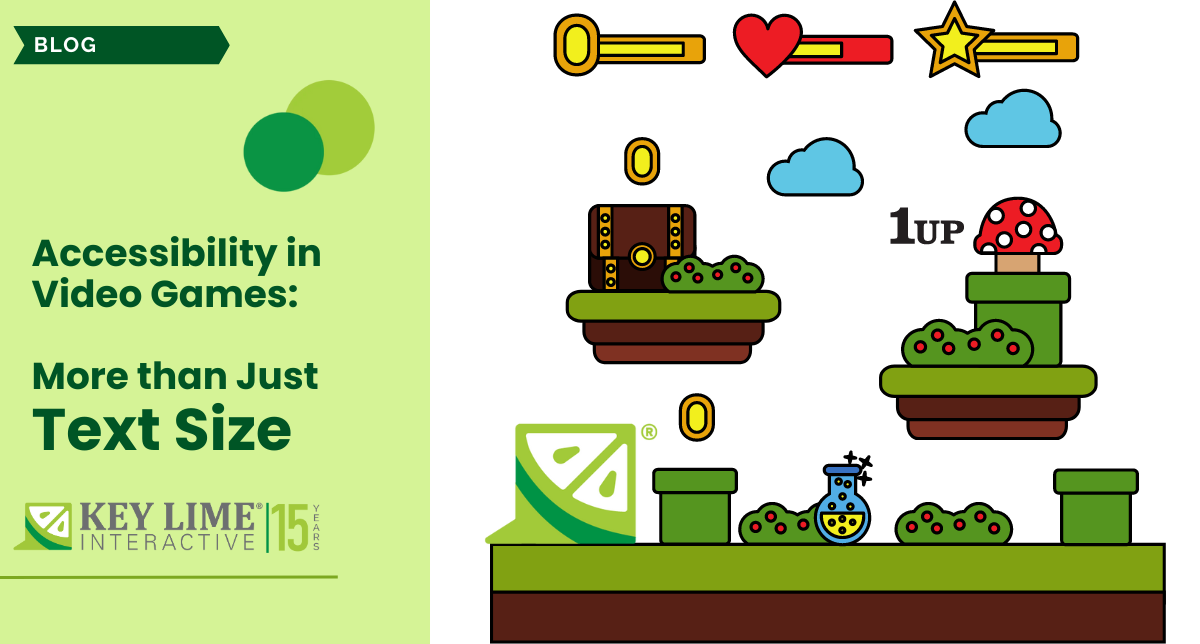In my last blog, “2 Bo Burnham Quotes UXers Should Be Thinking About,” I discussed the important role UX designers and researchers will play in the evolution of technology. I encouraged those engaging in UX or enlisting a UX team for their work to think of it as not just a usability tool, but as the first step in making experiences that have depth and that significantly impact users’ lives. Since then, I have been reflecting on and researching how our interactions can be re-dimensionalized. In this blog, I’ll expand on what I’ve learned about the difference between anthropological and sociological aspects of UX design and research.
Let’s first recap why this conversation is important for UXers. UX is a relatively new field and it will continue to grow as society becomes more technologically advanced and companies in every sector work to keep up. As I’ve established before, as an early Zoomer/late Millennial I lived through the rise of technology but was more affected by its permanent adoption in everyday life. For example, I remember the rise of social media. Still, by the time I was old enough to have my own account and experience its effect, there were several established, proven product options. Now, as an adult in the tech industry–having seen, lived through, and still experiencing the effects of this digital evolution–I take the responsibility of shaping the next generation of tech products and their users very seriously.
If you’ve taken any UX courses you likely at some point learned about anthropological methods in design and research. Diary studies, focus groups, interviews, and some short ethnographic studies are all examples of observational research common in the UX field. The greatest value that UX can offer to anyone looking to implement it into a process, product, or practice is the intention of user observation and collection of behavior-specific data. Anthropology is the building block of human-centered design. Without it, the UX field would not exist. It is the difference between giving a consumer a product and making them use it and designing a product for a consumer.
Up to this point in the history of UX, researchers and designers have used anthropological methods to build up designs that are functional, reliable, usable, convenient, and enjoyable. In my last blog, I claimed that what seems to be missing from the industry are experiences that are also significant and enriching to both users and society as a whole. As a result, we’ve flattened interactions both digital and real-world into–as Bo Burnham would say–a “lifeless exchange of value.”
But, fear not! It doesn’t have to be this way forever. There are those that would argue that sociology is a solution to preventing further damaging technological products and behaviors from surfacing. If anthropology is the study of person-to-product interaction, then sociology is the study of person-to-product-to-big picture interaction. Sociologist Deborah Lupton from the University of New South Wales calls this “design sociology.” In her blog she explains:
“Design sociology as a field of research can fruitfully incorporate the strengths and foci of design-oriented approaches while maintaining the critical and sociocultural emphasis of traditional sociological inquiry.” (Lupton et al., 2017)
One of the hardest questions I had to answer when I started school and began studying UX was simply “What is UX?” It’s silly, but I’d wager that most of us in this profession have faced the difficulty of trying to explain to people the full extent of what we do. We are not quite web designers, and yet we often retain many of the same foundational skills. We are not quite marketers, and yet we seek and apply a deep knowledge of user groups in a similar way. The difference, as I discovered, was a curiosity not only in how humans use and affect technology but also in how technology affects us. Digital sociology applied in UX research involves taking a look at how our experiences with technology affect our sense of self, our relationships, our ability to process and make sense of the world, and our decisions in building social institutions and structures (Lupton, 2015).
It doesn’t take much to think critically–to be inquisitive. In the future of UX training and education, I would like to see an equal emphasis on both the anthropological and sociological sides of UX. I would also encourage employers to not only hire more UXers with a background in sociology but to implement sociological processes and critical questioning into the foundations of their research process. At Key Lime Interactive we’ve assembled a team of professionals with a variety of backgrounds in UX, anthropology, sociology, and beyond. We’re also proud to stand with minority communities as a woman-owned, minority-owned company. Here, we encourage our researchers to engage in critical thinking and to “See the Puzzle.” Contact us for more information and let us help you make experiences that are significant.










Comments
Add Comment